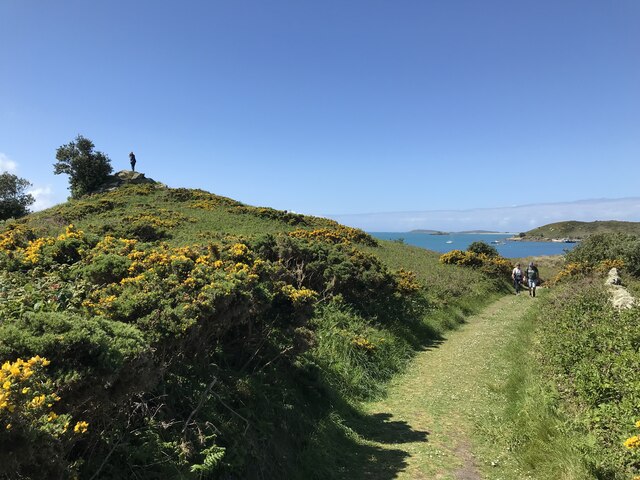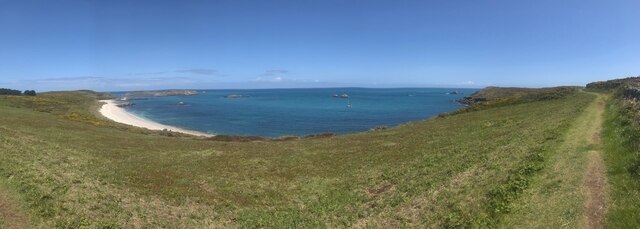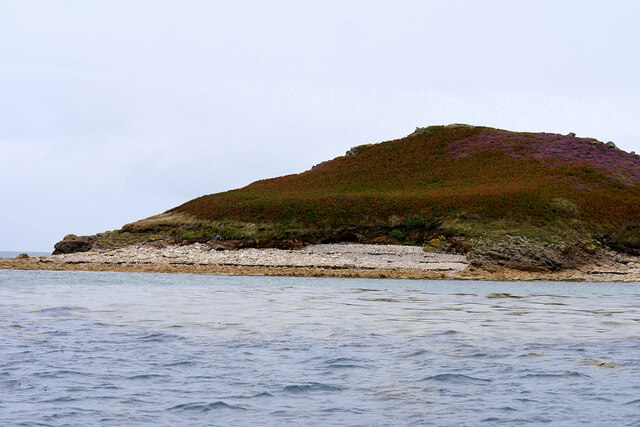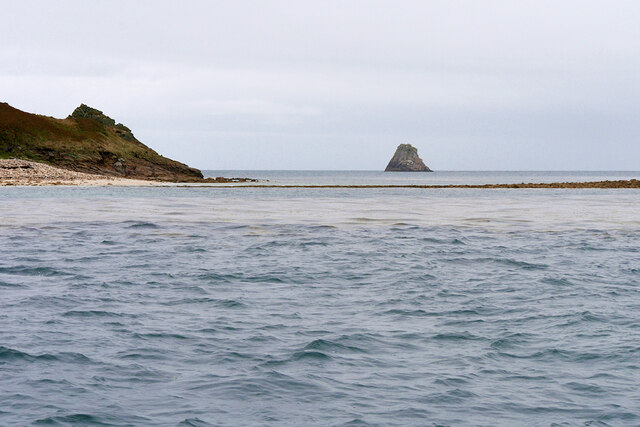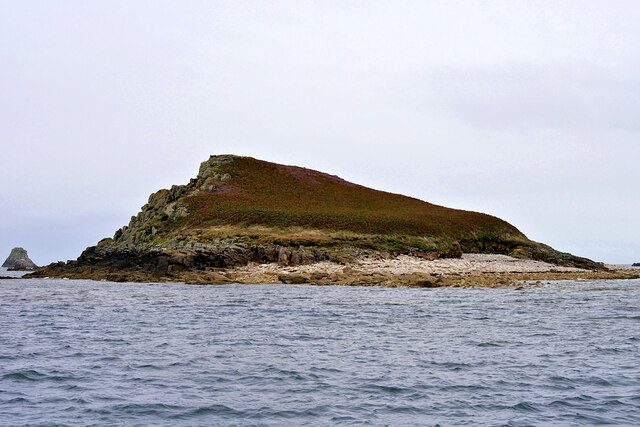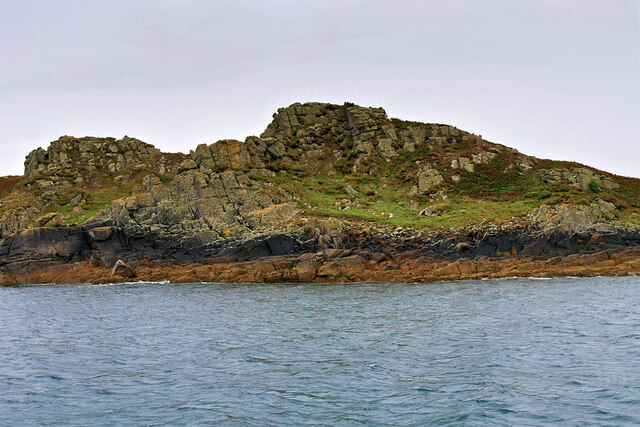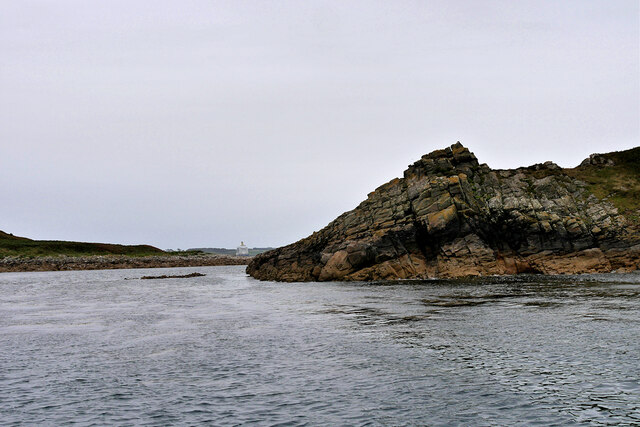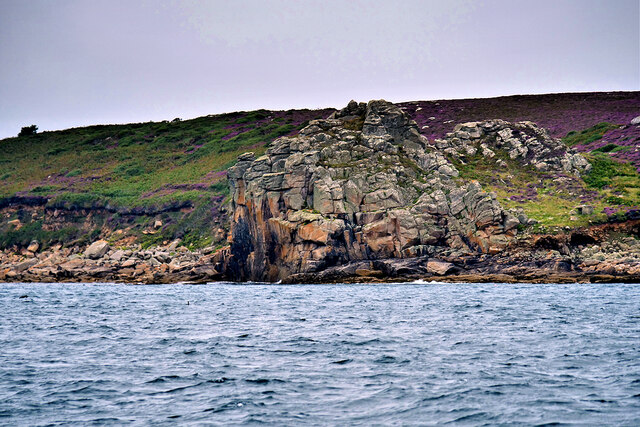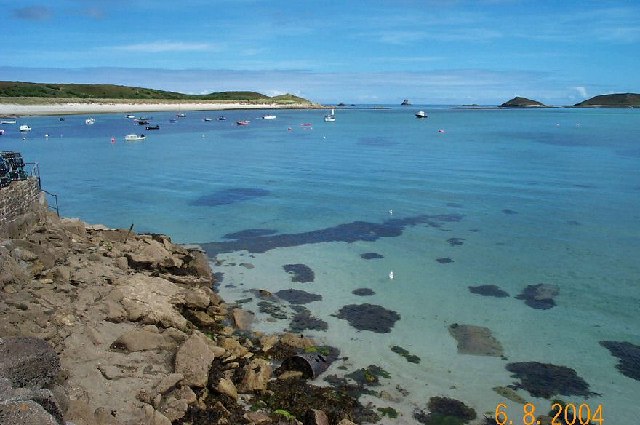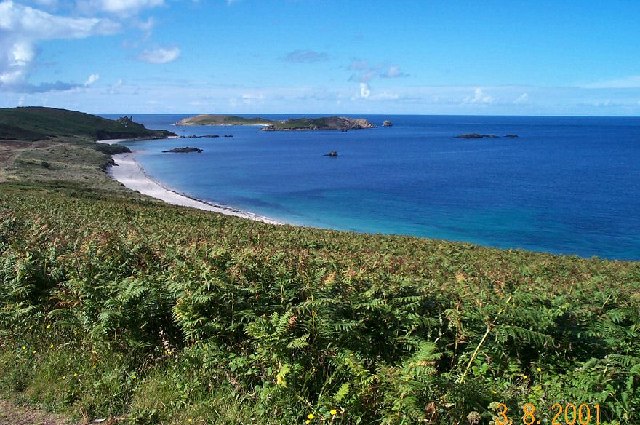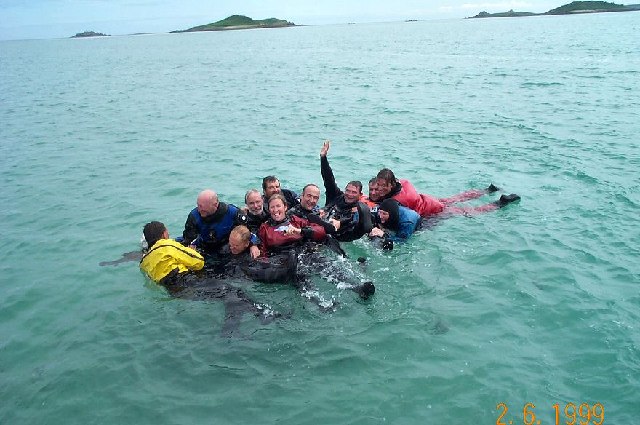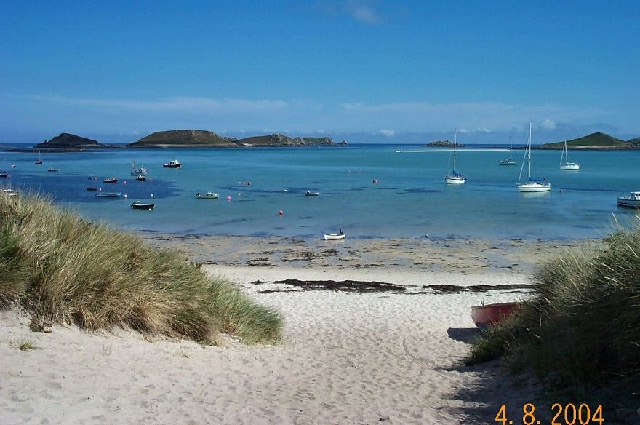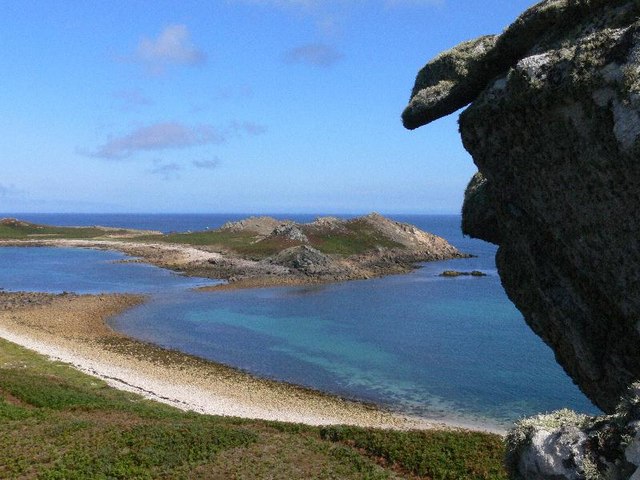Tearing Ledge
Island in Cornwall
England
Tearing Ledge
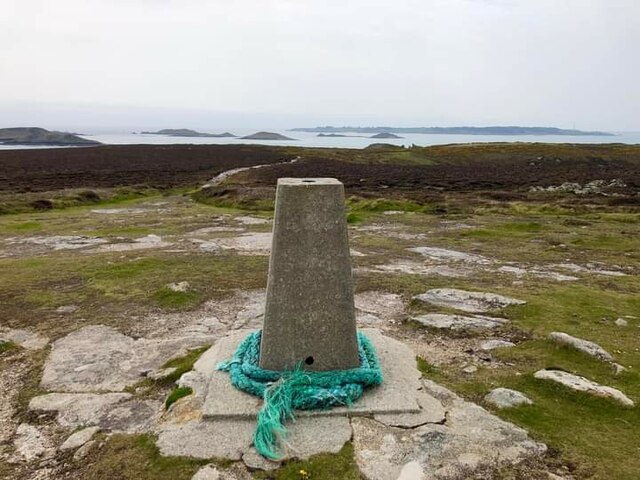
Tearing Ledge is a small island located off the coast of Cornwall, England. Situated in the Celtic Sea, it is a popular destination for tourists and nature enthusiasts. The island is characterized by its rugged cliffs, rocky shores, and diverse wildlife.
The island gets its name from the tear-like shape of its cliffs, which were formed by years of erosion caused by the powerful waves of the Atlantic Ocean. These cliffs provide a stunning backdrop for visitors, offering breathtaking views of the surrounding area and the vast ocean beyond.
Tearing Ledge is known for its abundant birdlife, making it a haven for birdwatchers. The island serves as a nesting site for various seabirds, including puffins, guillemots, and razorbills. Visitors can observe these magnificent creatures in their natural habitat, as well as catch a glimpse of other marine life such as seals and dolphins.
Access to Tearing Ledge is by boat, with regular ferry services available from nearby coastal towns. The island offers a range of activities for visitors, including hiking trails that meander through its rocky terrain, allowing for exploration of its unique geology and flora. As a protected nature reserve, Tearing Ledge is home to several rare plant species, adding to its ecological significance.
With its stunning natural beauty and abundant wildlife, Tearing Ledge is a must-visit destination for those seeking an escape to nature in Cornwall. Whether it's for birdwatching, hiking, or simply enjoying the serene coastal environment, this island provides a truly memorable experience for all who venture there.
If you have any feedback on the listing, please let us know in the comments section below.
Tearing Ledge Images
Images are sourced within 2km of 49.971114/-6.2698222 or Grid Reference SV9316. Thanks to Geograph Open Source API. All images are credited.
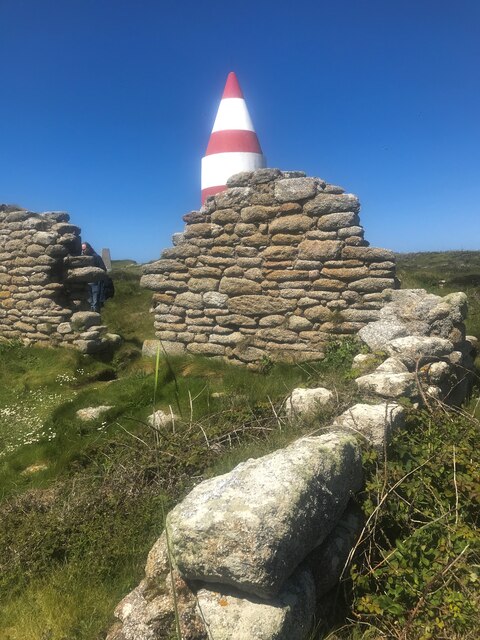
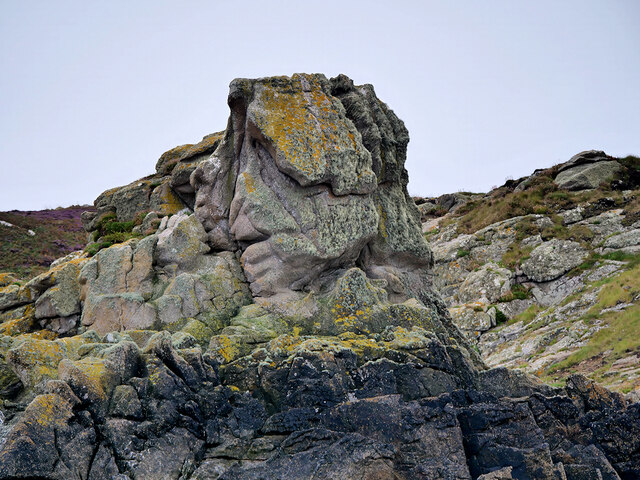
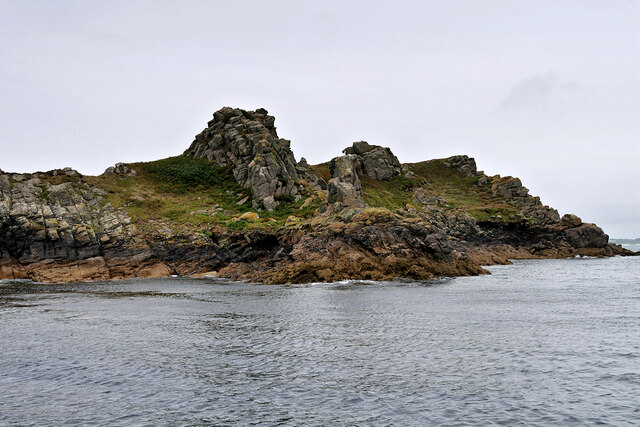
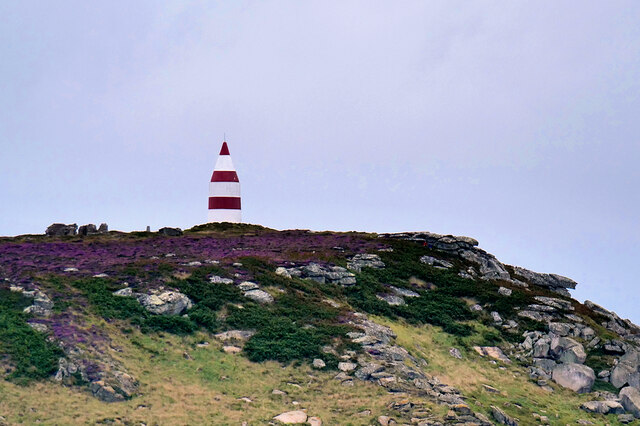
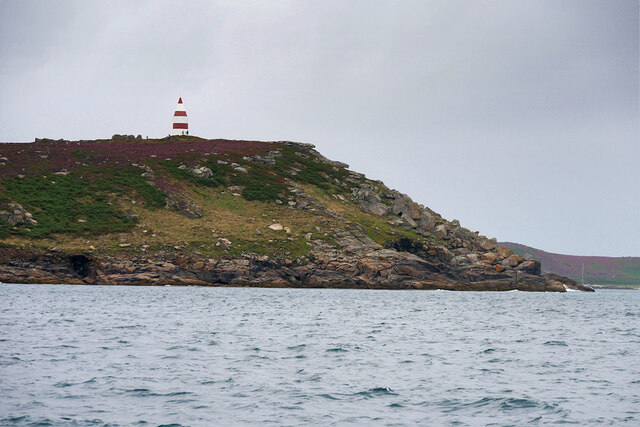
Tearing Ledge is located at Grid Ref: SV9316 (Lat: 49.971114, Lng: -6.2698222)
Division: Isles of Scilly
Unitary Authority: Isles of Scilly
Police Authority: Devon and Cornwall
What 3 Words
///collide.walnuts.plod. Near St Martin's, Isles of Scilly
Nearby Locations
Related Wikis
St Martin's Church, St Martin's
St Martin's Church, St Martin's is a Grade II listed parish church in the Church of England located in St Martin's, Isles of Scilly, UK. == History... ==
Higher Town, Isles of Scilly
Higher Town (Cornish: Trewartha) is the easternmost and largest settlement on the island of St Martin's in the Isles of Scilly, England. It is situated...
St Martin's, Isles of Scilly
St Martin's (Cornish: Brechiek, lit. 'dappled island') is the northernmost populated island of the Isles of Scilly, England, United Kingdom. It has an...
St Martin's Methodist Church, Isles of Scilly
The Methodist Church, St Martin's, Isles of Scilly is a Grade II listed chapel in St Martin's, Isles of Scilly. == History == Bible Christians arrived...
White Island, Isles of Scilly
White Island (Cornish: Ar Nor, "facing the mainland" or Enys Wynn "white island" ) is one of the larger unpopulated islands of the Isles of Scilly, part...
PS Earl of Arran (1860)
PS Earl of Arran was a passenger vessel operated by the Ardrossan Steamboat Company from 1860 to 1871 and the West Cornwall Steam Ship Company from 1871...
Middle Town, St Martin's
Middle Town (Cornish: Tregres) is a small settlement on the island of St Martin's in the Isles of Scilly, England. It is situated slightly inland, approximately...
Great Ganilly
Great Ganilly ( gə-NIL-ee; Cornish: Goonhyli Veur, lit. 'great saltwater downs') is one of the Eastern Isles of the Isles of Scilly. It has a maximum total...
Nearby Amenities
Located within 500m of 49.971114,-6.2698222Have you been to Tearing Ledge?
Leave your review of Tearing Ledge below (or comments, questions and feedback).
